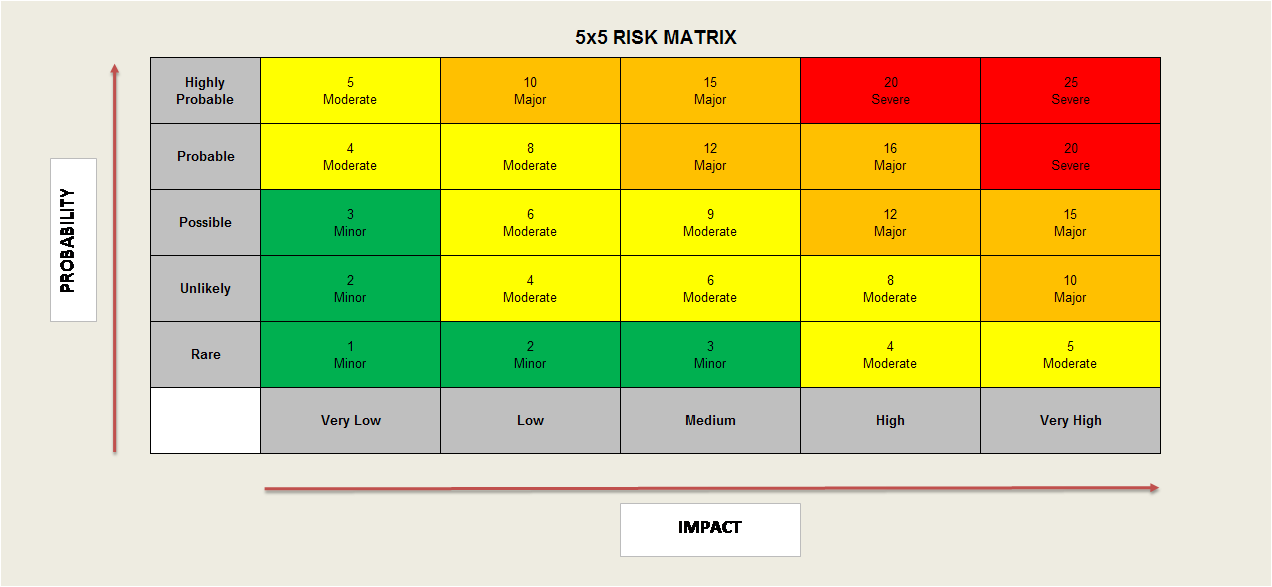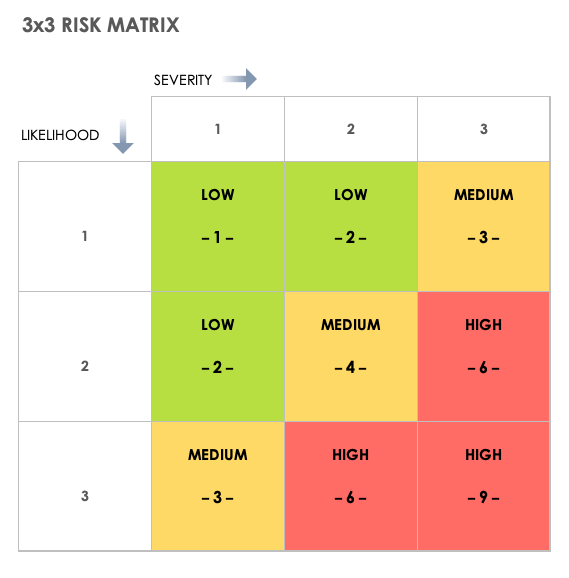

However, so far, only a limited number of scenario-based and/or site-specific multi-risk studies have been proposed due to the difficulty and novelty of the task.ĭevelopment of a comprehensive multi-risk framework is hampered by the following requirements: (1) large amount of input data (2) cross-disciplinary expertise and (3) innovative risk assessment methods. 2012) and of other dynamic aspects of risk, such as time-dependent vulnerability and exposure (e.g., Selva 2013) or network failures (e.g., Adachi and Ellingwood 2008). Innovative methods have been proposed in recent years to tackle the problem of hazard interactions (e.g., Marzocchi et al. Major catastrophes however remind us that multi-risk is not simply the sum of individual risks but that correlations between natural hazards, technological hazards and our complex socioeconomic networks lead to greater risks (e.g., 2005 hurricane Katrina, USA 2010 eruption of Eyjafjallajökull, Iceland 2011 Tohoku earthquake, Japan). Multi-risk assessment is still in its infancy and often only refers to the analysis of multiple single hazards in a same framework (Grünthal et al. We introduce the concept of risk migration matrix to evaluate how multi-risk participates to the emergence of extremes, and we show that risk migration (i.e., clustering of losses) and risk amplification (i.e., loss amplification at higher losses) are the two main causes for their occurrence. We find that extreme events can be captured by adding more knowledge on potential interaction processes using in a brick-by-brick approach.
#Risk probability number impact number series#
Each simulated time series corresponds to one risk scenario, and the analysis of multiple time series allows for the probabilistic assessment of losses and for the recognition of more or less probable risk paths, including extremes or low-probability–high-consequences chains of events. We consider generic perils based on analogies with real ones, natural and man-made. We present a generic probabilistic framework based on the sequential Monte Carlo Method to implement coinciding events and triggered chains of events (using a variant of a Markov chain), as well as time-variant vulnerability and exposure. While much attention has been given to this aspect lately, most studies remain limited to a small number of site-specific multi-risk scenarios.
#Risk probability number impact number how to#
For more information on how to build a risk matrix that's right for your project, see our more detailed guide.Dynamic risk processes, which involve interactions at the hazard and risk levels, have yet to be clearly understood and properly integrated into probabilistic risk assessment. Risk matrices come in many shapes and sizes. Improbable - 1: So unlikely, it can be assumed an occurrence may not be experienced.Remote - 2: Unlikely but possible to occur in the life of an item.Occasional - 3: Likely to occur sometime in the life of an item.Probable - 4: Will occur several times in the life of an item.Frequent - 5: Likely to occur often in the life of an item.Probability is the likelihood of the hazard occurring and it is often ranked on a five point scale: Negligible - 1 Operating conditions are such that personnel error, environment, design deficiencies, subsystem or component failure, or procedural deficiencies will result in no, or less than minor, illness, injury, or system damage.Marginal - 2: Operating conditions may commonly cause minor injury or illness or minor systems damage such that human error, environment, design deficiencies, subsystem or component failure, or procedural deficiencies can be counteracted or controlled without severe injury, illness, or major system damage.Critical - 3: Operating conditions are such that human error, environment, design deficiencies, element, subsystem or component failure, or procedural deficiencies may commonly cause severe injury or illness or major system damage thereby requiring immediate corrective action.

Catastrophic - 4: Operating conditions are such that human error, environment, design deficiencies, element, subsystem or component failure, or procedural deficiencies may commonly cause death or major system loss, thereby requiring immediate cessation of the unsafe activity or operation.Severity is the amount of damage or harm a hazard could create and it is often ranked on a four point scale as follows:


 0 kommentar(er)
0 kommentar(er)
